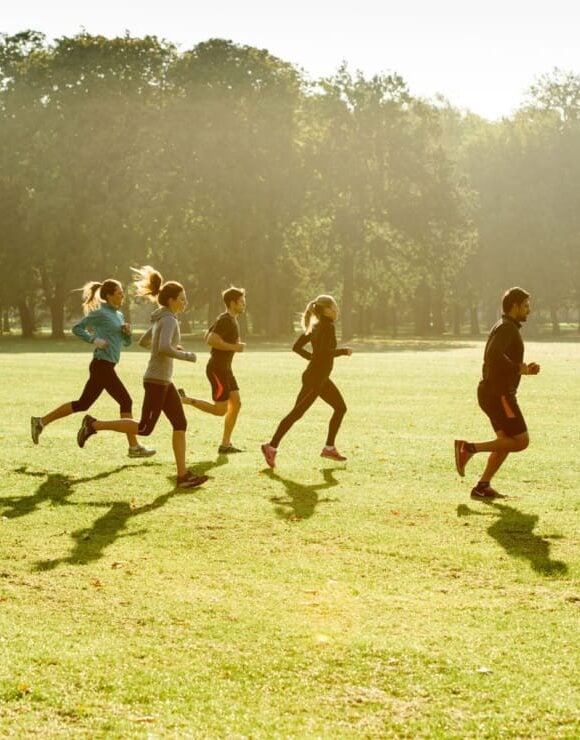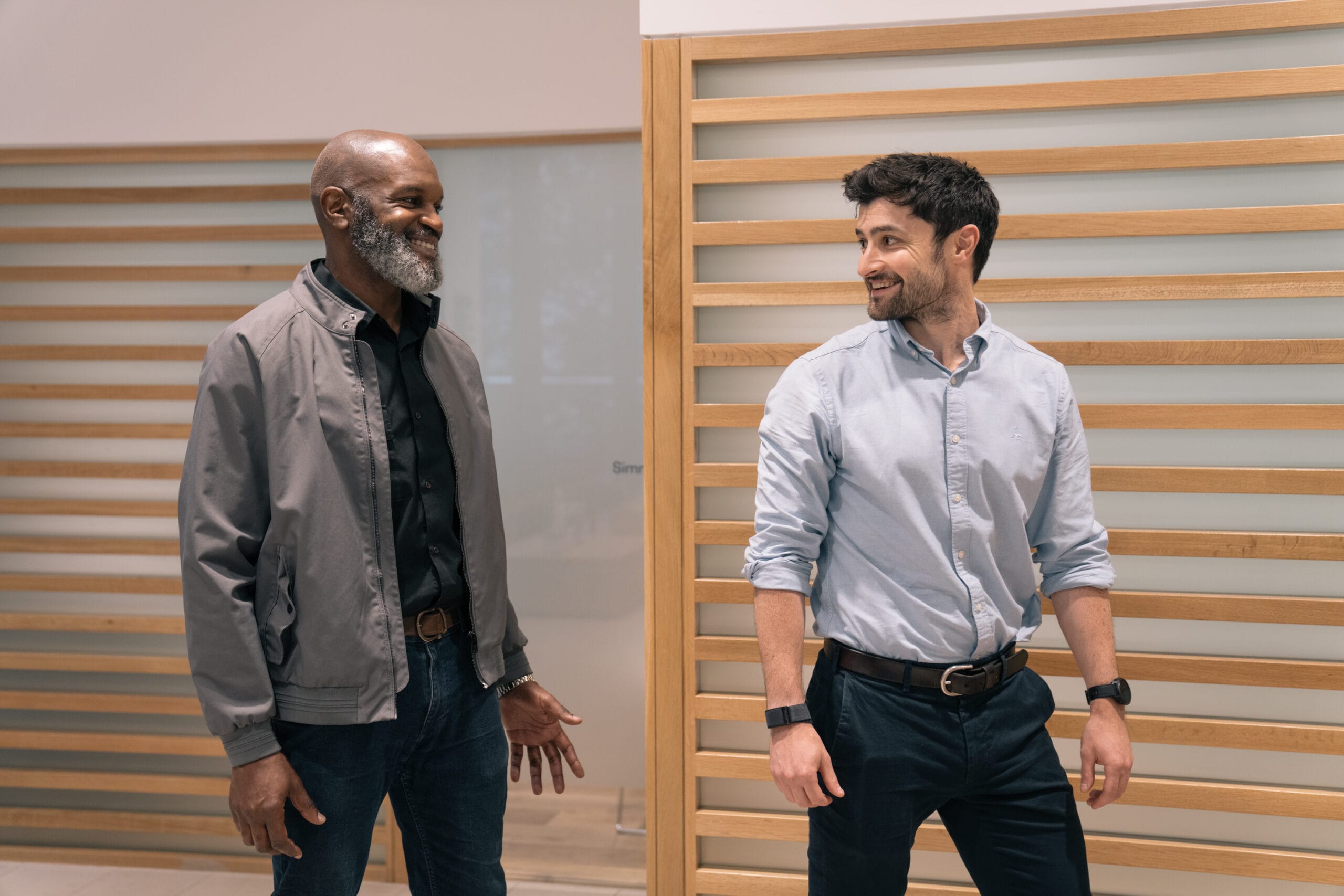Common Sports Injuries and How to Manage Them

Claire Small
Chief Clinical Officer & Consultant Physiotherapist
- 30 January, 2019
- Exercise
- 4 min read
Common Sports Injuries and How to Manage Them

What Typically Causes Sports Injuries?
- An accident or trauma (e.g. a fall or collision).
- Increased load (e.g. increased frequency or intensity of training).
- Poor technique.
- Poor biomechanics.
- Lack of conditioning.
- Underlying injury predisposing to further injury.
- Lack of awareness of the sport, conditions and surroundings.
- Fatigue.
- Not warming up properly.
- Using inappropriate equipment or clothing.
Common Sports Injuries include:
Bone injuries:
- Acute trauma: such as a broken ankle or wrist. This can result in significant bruising, swelling, deformity, pain and tenderness at the site of injury.
- Stress injuries: which occur from repetitive stress to a bone and are usually related to overuse. There is a spectrum of injury ranging from a stress response (which is effectively bony bruising) to a stress fracture. Stress injuries are often seen in runners who increase their mileage too quickly or have inappropriate footwear. For example, the increased stress on the tibia (i.e. shin bone) leads initially to a stress response, known as medial tibial stress syndrome (historically referred to as shin splints). If the load is not reduced, through such measures as alterations in mileage or running shoes, the stress response can progress to a stress fracture.
Muscle and tendon injuries (Tendons connect muscle to bone):
Acute injuries:
- An injury to a tendon is called a strain or a tear. The term strain is used interchangeably with a partial tear to mean disruption of some of the muscle fibres. Muscle/tendon injuries are often graded to give an idea of severity and outcome/prognosis. Certain muscles are more susceptible to injury depending on the individuals sporting interests and activity. Activities such sprinting are often associated with hamstring, calf and Achilles tears; whereas weightlifters may be more likely to injure their biceps or shoulder muscles/tendons.
Overuse injuries:
- Overuse injuries to tendons are generally termed tendinopathy and are due to the tendon becoming inflamed or ‘irritated’. Tendons that are commonly affected include the rotator cuff tendons around the shoulder, Achilles tendon, the tendon on the inside and outside of the elbow (tennis and golfers elbow, respectively), patella tendon and plantar fascia (under the heel).
Ligament injuries:
- Ligaments connect bone to bone. An injury to a ligament is called a sprain or a tear. The ligaments on the outside of the ankle are commonly injured when someone roles their ankle. The anterior cruciate ligament in the knee is another ligament often injured during such sports as skiing. If some of the ligament fibres are injured/partially torn the injury is called a sprain. If the ligament is completely disrupted it is called a tear.
What To Do If You Have a Sports Injury?
The treatment of a sports injury will depend on many factors including the severity of the injury, the type of injury sustained and the part of the body affected.
The POLICE principles can be applied to most acute injuries:
Protection – protect the affected area from further injury (e.g. slings, splints, braces, Plaster of Paris casts and aircast boots).
Optimal Loading – Rest used to be the term advocated, however, it is now widely accepted that loading an injured tissue in an optimal way (often guided by pain) can speed up the recovery process.
Ice – Apply an icepack (or something from the freezer) to the affected area for 15-20 minutes every two to three hours. The icepack should be wrapped in a towel or something similar to avoid direct contact with the skin.
Compression – Elastic compression bandages can be useful to limit swelling and damage to the surrounding tissues.
Elevation – Try to keep the injured body part above the level of the heart. This may help reduce swelling.
How To Manage The Pain?
- Painkillers such as paracetamol can be used and are much more effective when used regularly (i.e. four times per day) compared to when they are used sporadically.
- Non-steroidal anti-inflammatories, such as ibuprofen, can be used to reduce swelling and improve pain. However, there is some evidence that they impair bone and soft tissue healing.
- Aspirin should not be given to children under 16 years old as they are at risk of Reye’s disease.
- Immobilisation:
- Depending on the severity of the injury, immobilisation can reduce movement, improve pain and assist with recovery.
- Controlled loading through bone, ligaments and tendons encourages healing.
- Often prolonged immobilisation is not required as it can result in muscle wasting in the surrounding tissues and lead to further issues.
- Progression should be guided by someone skilled in managing these injuries, such as a doctor or Physiotherapist.
Who To See?
- If you sustain a significant injury such as a possible broken bone or significant ligament or tendon injury you should attend the emergency department for assessment.
- If the injury is not severe enough to seek immediate attention you can either choose to see your GP or attend a sports injury clinic to be seen by a Sports Doctor.
- The Sports Doctor will be able to organise any investigations, such as X-Rays, ultrasound and MRI scans. They can also determine who the best person is to see with regards to rehabilitation, further management or interventions
Preventing Sports Injuries
- Warm up properly.
- Use appropriate equipment and clothing.
- Optimise technique and fitness.
- Manage injuries appropriately to avoid secondary injuries.
- Understand the demands of the sport or activity.
- Gradually increase training & load.
If you want to keep yourself injury free, we recommend seeing a Strength & Conditioning Coach to optimise your technique, fitness and training load, or attending a prehab screening with a Physiotherapist.
If you have recently sustained an injury or are suffering from a pre-existing problem, book an appointment with a Sports Doctor today.

Advice
Over the last 20+ years our experts have helped more than 100,000 patients, but we don’t stop there. We also like to share our knowledge and insight to help people lead healthier lives, and here you will find our extensive library of advice on a variety of topics to help you do the same.
OUR ADVICE HUBS See all Advice Hubs

